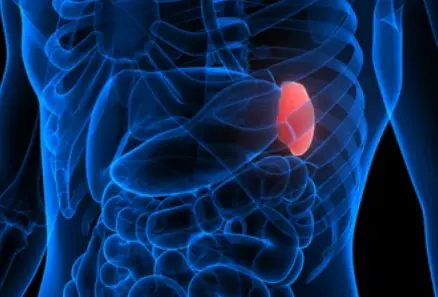 Welcome
Welcome
“May all be happy, may all be healed, may all be at peace and may no one ever suffer."
- A
- B
- C
- D
- E
- F
- G
- H
- I
- J
- K
- L
- M
- N
- O
- P
- Q
- R
- S
- T
- U
- V
- W
- X
- Y
- Z
Type 2 DM - Generics
Type 2 diabetes mellitus (DM) is a chronic condition that affects how the body processes glucose (sugar). It occurs when the body becomes resistant to the effects of insulin, a hormone produced by the pancreas that regulates blood sugar levels. As a result, the body may not be able to produce enough insulin or use it effectively, leading to high blood sugar levels.
Risk factors for developing type 2 DM include obesity, physical inactivity, a family history of diabetes, and age over 45 years. It can also be influenced by ethnicity, with certain groups such as African Americans, Hispanics, and Native Americans being at higher risk.
Symptoms of type 2 DM may include increased thirst, frequent urination, fatigue, blurred vision, and slow-healing wounds. However, some people with type 2 DM may not experience any symptoms in the early stages of the disease.
Treatment for type 2 DM typically involves lifestyle changes such as regular exercise, a healthy diet, and weight loss. Medications such as metformin and insulin therapy may also be prescribed to manage blood sugar levels. Monitoring blood sugar levels, blood pressure, and cholesterol levels is also an important part of managing type 2 DM.
Complications of type 2 DM can include heart disease, kidney damage, nerve damage, and eye damage, among others. It is important for individuals with type 2 DM to work closely with their healthcare team to manage their condition and prevent complications.

Urinary incontinence

Surface anesthesia

Congenital adrenal hyperp...

Renal stone

Inflammation

B-vitamins and Zinc defic...

Spring catarrh

Spleen disorders
Type 2 DM, টাইপ ২ ডিএম
To be happy, beautiful, healthy, wealthy, hale and long-lived stay with DM3S.